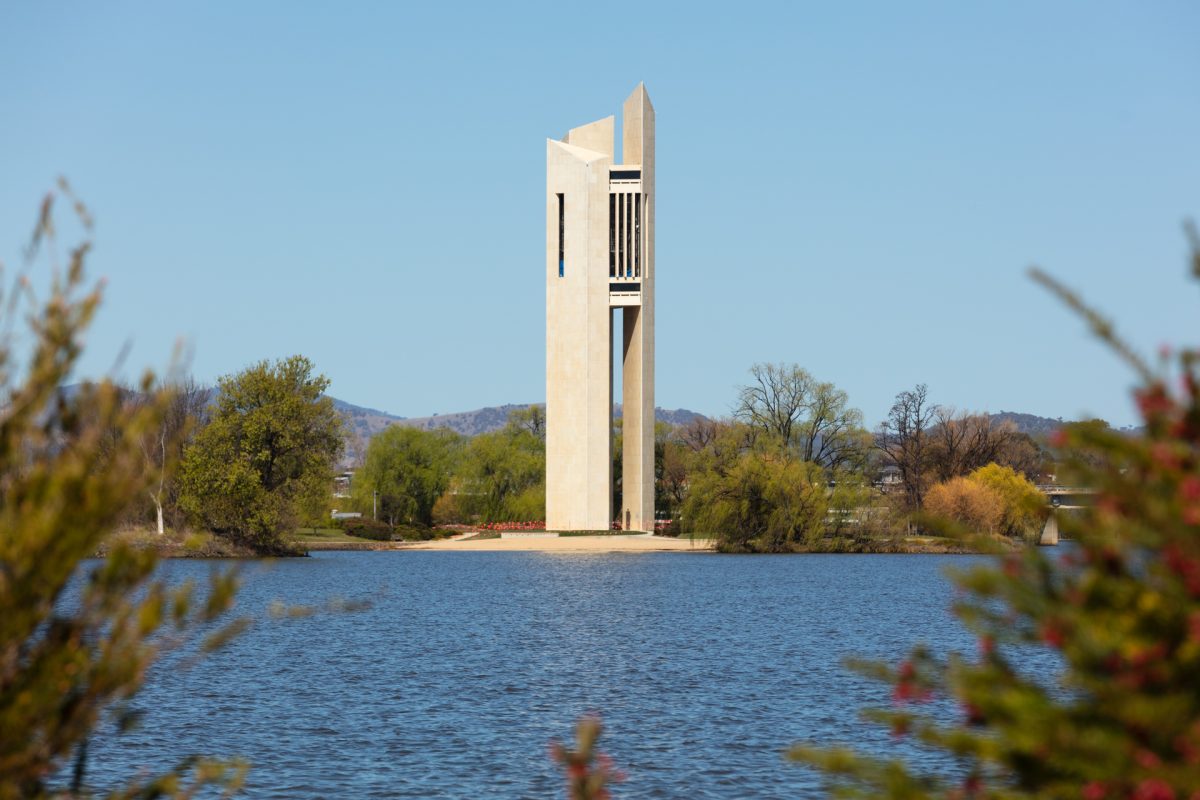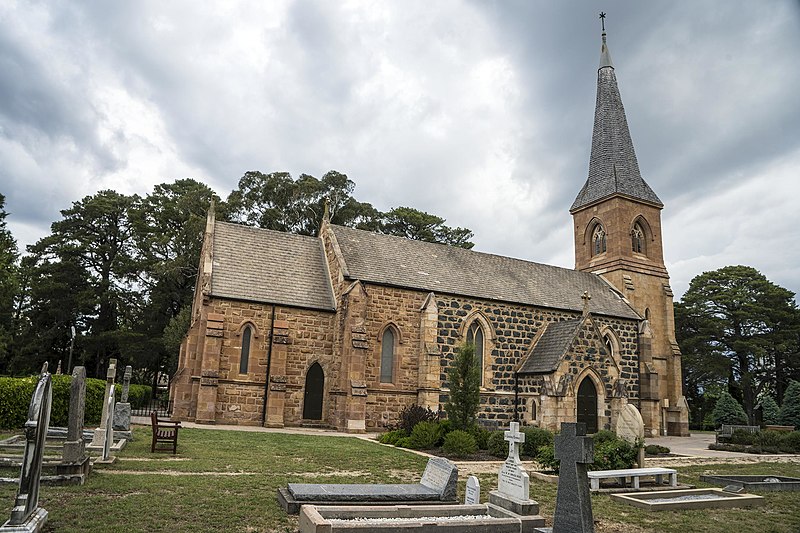
A BMW 7-Series trimmed in ‘Canberra Beige’ nappa leather. Photo: BMW.
Of all the places to find a reference to Canberra, the inside of a BMW is way down the list.
And yet, for several years, ‘Canberra Beige’ was a legitimate factory upholstery option for the German car marque – and only recently phased out.
Calling something (or someone) ‘beige’ isn’t normally a compliment, and knowing how Canberrans bristle when the rest of the nation equates us with Parliament and, therefore, a lot of jargon and lanyards and shiny suits, we decided to do some digging on where this name came from.
And we’re not really sure we’re any the wiser.
BMW Australia’s head of product and marketing, Brendan Michel, confirmed the colour was offered across the brand’s global range of cars and on all types of leathers, including Dakota, Vernasca and Nappa, and also the synthetic ‘Sensatec’ upholstery.
“But it was very low take-up, so it got phased out in 2022.”
Further prodding got us a response from BMW’s design team in Munich, Germany, which, according to a spokesperson, “often takes inspiration from all over the world when naming our interior and exterior colours”, including Australia.
Over the years, for instance, BMW has offered paint options like ‘Melbourne Red’, ‘Snapper Rocks Blue’, ‘Storm Bay’, ‘Sydney Blue’, ‘Cape York Green’ and ‘Tasman Green’.
And on top of Canberra Beige, there was also ‘Adelaide Grey’ as an interior trim option.
“Canberra Beige takes its name from the local stone used in the city’s architecture,” the spokesperson added.
Now we’re getting somewhere.
“In fact, city ordinances prohibit anyone using any other stone unless the requirements of the building demand it, and if that is so, the building has to be coloured ‘Canberra Beige’ to fit in.”

It’s beige, but why? Photo: Michelle Kroll.
Well, that’s a new one. Plenty of Canberra’s important buildings are beige-coloured – see the Australian War Memorial, National Carillon, High Court of Australia, and the Treasury building for details.
But is this because there was a secret law they all had to adhere to?
We approached the National Capital Authority (NCA) about this, as the custodians of everything inside the Parliamentary Triangle on behalf of the Federal Government.
“Not something we’ve heard of,” was their response.
Geoscience Australia referred us to Doug Finlayson, from the ACT branch of the Geological Society of Australia (GSA ACT).
He had also “never heard of this regulation”.
“I can only guess that they are referring to the Black Mountain Sandstone that has been quarried and used in early buildings.”
Canberra is underpinned by sedimentary rocks, mostly siltstone, sandstone and shale, and from its earliest days, sandstone, in particular, has been quarried for use in construction. The St John’s Anglican Church in Reid is one of our most prominent examples.
A geology report from as early as April 1911 notes that “one of the most noticeable features of the city site is the occurrence of thick beds of buff-coloured sandstone, which occupy a considerable area, including Black Mountain”.
“These sandstones have been used locally to some extent for building purposes, the Canberra Anglican Church being constructed principally of them,” the report reads.
“This church is of considerable age, and the stone has worn fairly well.”
The quarry site on the eastern side of Black Mountain is now closed to the public as an Australian National University (ANU) property.
However, the report goes on to say, “the sandstone is not of first-class quality for building purposes”.
“It is rather dense and fine-grained, but, besides being iron-stained in places, it has certain defects in the shape of flaws and oblique joints, which make it liable to scale and crack.”

St John’s Anglican Church, Reid, is built of local sandstone from Black Mountain. Photo: Wikimedia Commons.
As a result, by the time many of the major national buildings began popping up in the 1930s, imported stone from either interstate or overseas was favoured.
Perhaps the only reason many have a similar appearance is the fact the same building company was behind many of them.
Operating in Canberra between 1926 and 1969, Simmie & Co constructed the Melbourne and Sydney buildings, Albert Hall, CSIRO, the Institute of Anatomy (now the National Film and Sound Archive), the Presbyterian Church of St Andrew, the Civic Theatre, the original National Library, Australian War Memorial, RG Menzies Library, several of the embassies, and a variety of private and public residences in the suburbs of O’Connor, Narrabundah and Forrest.
Indeed, in the case of both the Australian War Memorial and the National Film and Sound Archive, Simmie & Co sourced the sandstone from the same quarry near Gosford in the Hawkesbury region.
In the end, we can only conclude there really are a lot of beige buildings here (not people, okay).













